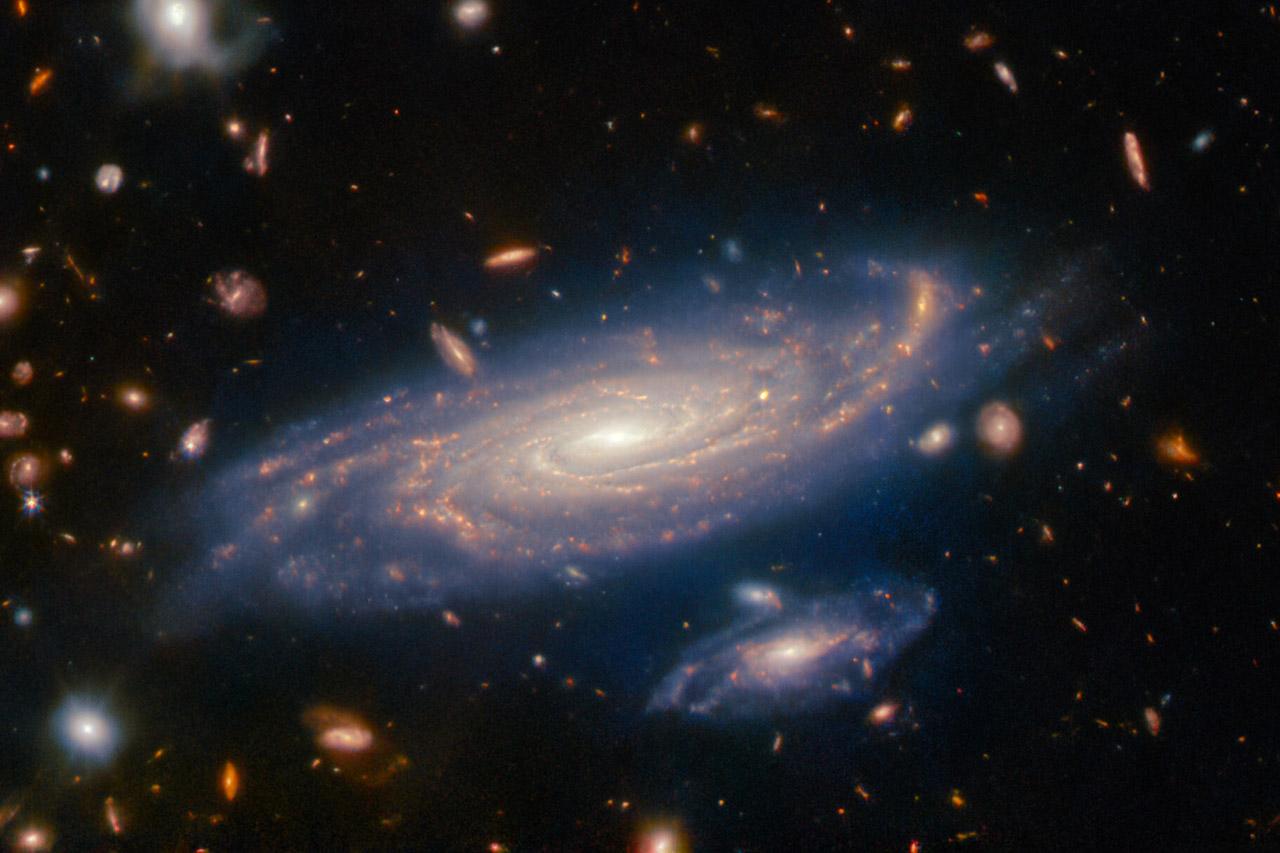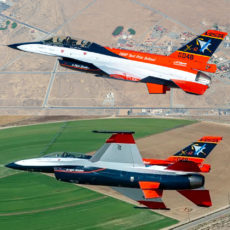
NASA’s James Webb Space Telescope has captured a giant spiral galaxy, designated as LEDA 2046648, located over 1 billion light-years from Earth in the constellation Hercules. It easily dwarfs the multitude of smaller, more distant galaxies, which range from fully-fledged spirals to just bright dots in the background.

Webb used its IR vision to help it look back in time, as the light from these distant galaxies is redshifted towards infrared wavelengths. When you compare these systems with galaxies in the local universe, astronomers are able to better understand how galaxies grew to form the structure we see today. Did you know that Hercules was one of the 48 constellations listed by the second-century astronomer Ptolemy? That’s right, it still to this day remains one of the 88 modern constellations.
- BRIGHT, SHARP VIEWS ANYWHERE: Unlike many beginner telescopes, this quality refractor features fully coated glass lenses and a 70mm aperture for...
- PERFECT FIRST TELESCOPE FOR BEGINNERS: Designed for adults and kids to enjoy together, this beginner-friendly telescope sets up in minutes and...
- EASY NO-TOOL SETUP: No complicated assembly or tools needed. The full-height tripod and telescope tube set up in seconds and pack neatly into the...
This particular observation was part of the commissioning campaign for Webb’s Near-InfraRed Imager and Slitless Spectrograph (NIRISS). As well as performing science in its own right, NIRISS supports parallel observations with Webb’s Near-InfraRed Camera (NIRCam),” said the European Space Agency.







